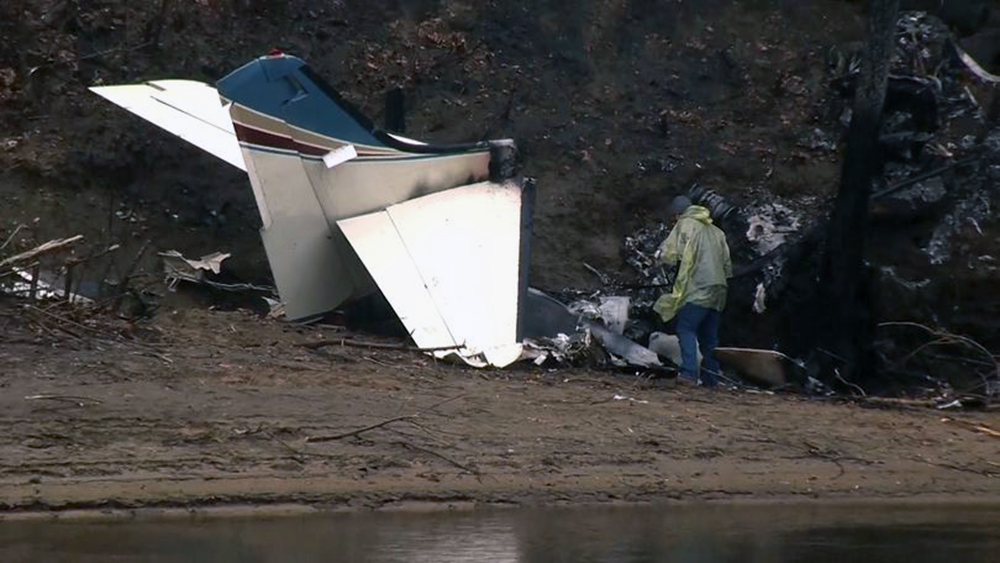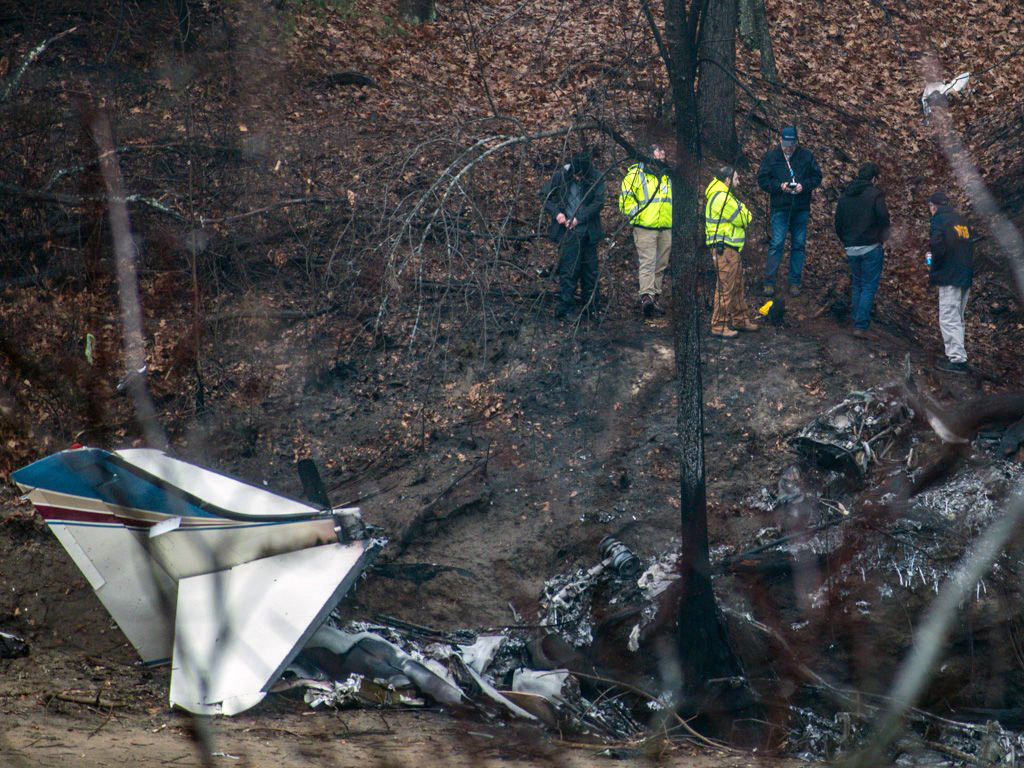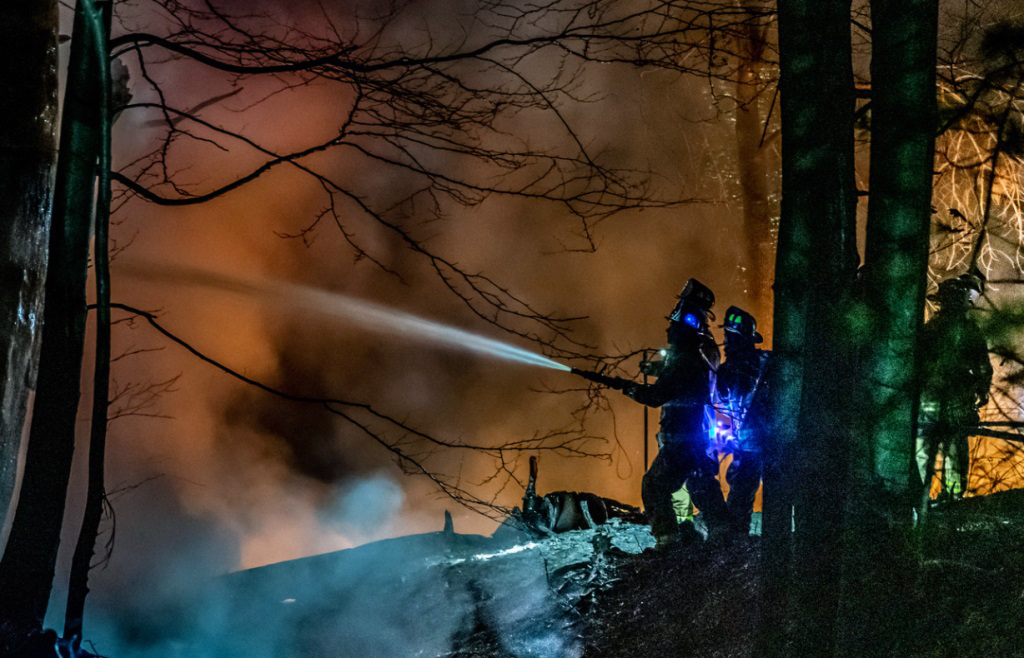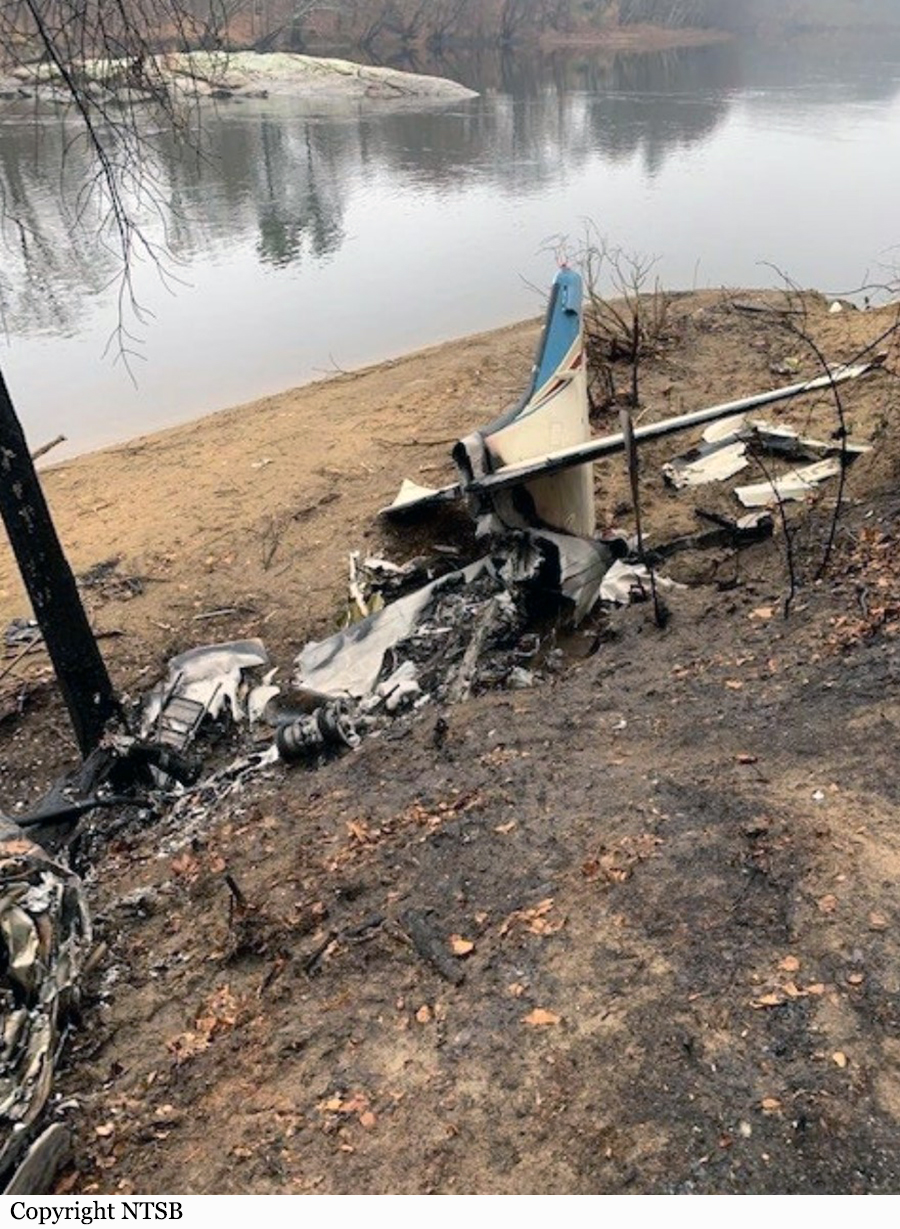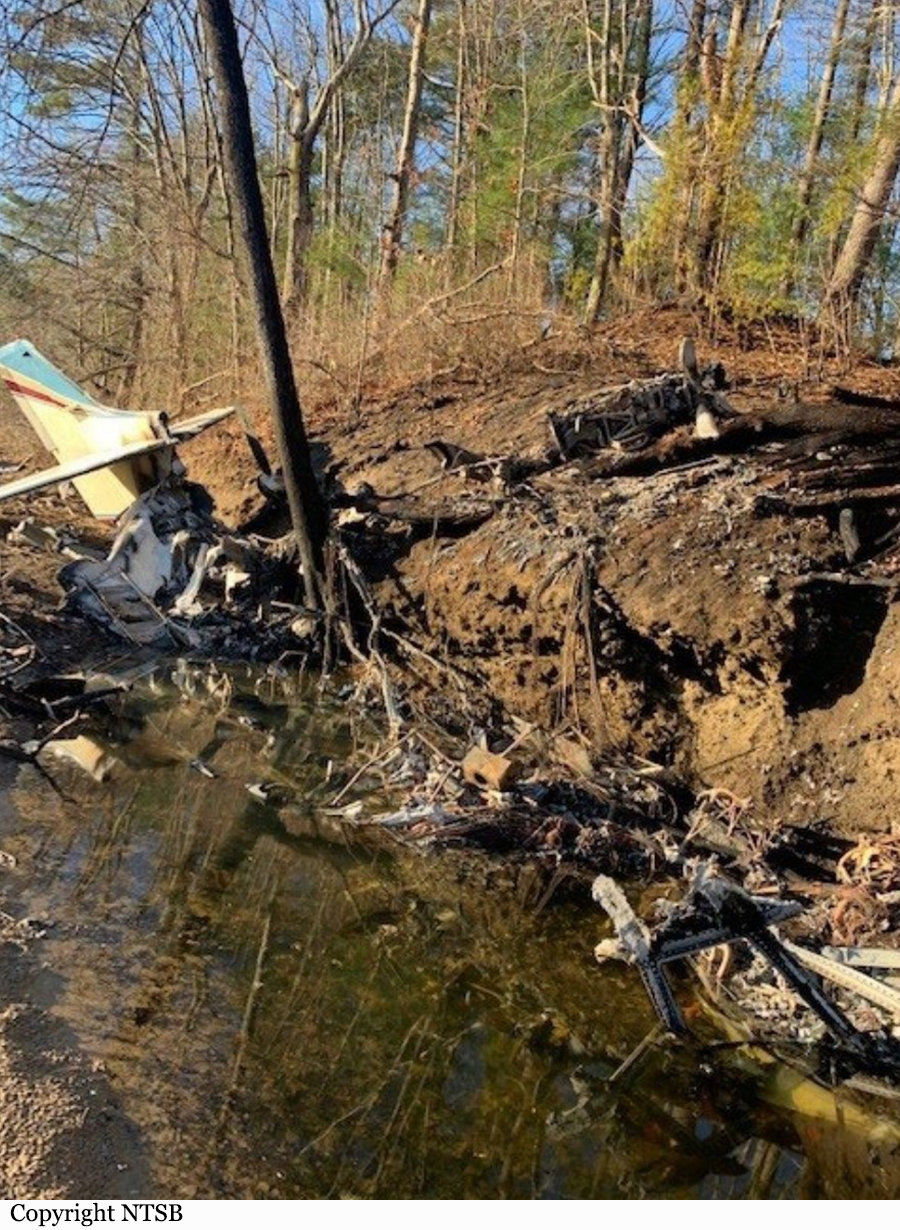Crash of a Swearingen SA226AT Merlin IV in Manchester: 1 killed
Date & Time:
Dec 10, 2021 at 2330 LT
Registration:
N54GP
Survivors:
No
Schedule:
Fairfield – Manchester
MSN:
AT-34
YOM:
1975
Flight number:
CSJ921
Crew on board:
1
Crew fatalities:
Pax on board:
0
Pax fatalities:
Other fatalities:
Total fatalities:
1
Captain / Total hours on type:
118.00
Aircraft flight hours:
10633
Circumstances:
During an instrument approach at night in a twin-engine turboprop airplane, the pilot reported an engine failure, but did not specify which engine. About 9 seconds later, the airplane impacted terrain about ¼-mile short of the runway and a postcrash fire consumed a majority of the wreckage. During that last 9-second period of the flight, the airplane’s groundspeed slowed from 99 kts to 88 kts, as it descended about 400 ft in a slight left turn to impact (the airplane’s minimum controllable airspeed was 92 kts). The slowing left turn, in conjunction with left wing low impact signatures observed at the accident site were consistent with a loss of control just prior to impact. Postaccident teardown examination of the left engine revealed that the 1st stage turbine rotor had one blade separated at the midspan. The blade fracture surface had varying levels of oxidation and the investigation could not determine if the 1st stage turbine blade separation occurred during the accident flight or a prior flight. The 2nd stage turbine was operating at temperatures higher than the 1st stage turbine, which was consistent with engine degradation over a period of time. Additionally, the 2nd stage turbine stator assembly was missing vane material from the 6 to 12 o’clock positions, consistent with thermal damage. All of these findings would have resulted in reduced performance of the left engine, but not a total loss of left engine power. The teardown examination of the right engine did not reveal evidence of any preimpact anomalies that would have precluded normal operation. Examination of both propellers revealed that all blade angles were mid-range and exhibited evidence of little to no powered rotation. Neither propeller was in a feathered position, as instructed by the pilot operating handbook for an engine failure. If the pilot had perceived that the left engine had failed, and had he secured the engine and feathered its propeller (both being accomplished by pulling the red Engine Stop and Feather Control handle) and increased power on the right engine, the airplane’s performance should have been sufficient for the pilot to complete the landing on the runway.
Probable cause:
The pilot’s failure to secure and feather the left engine and increase power on the right engine after a perceived loss of engine power in the left engine, which resulted in a loss of control and impact with terrain just short of the runway. Contributing to the accident was a reduction in engine power from the left engine due to a 1st stage turbine blade midspan separation and material loss in the 2nd stage stator that were the result of engine operation at high temperatures for an extended period of time.
Final Report:

